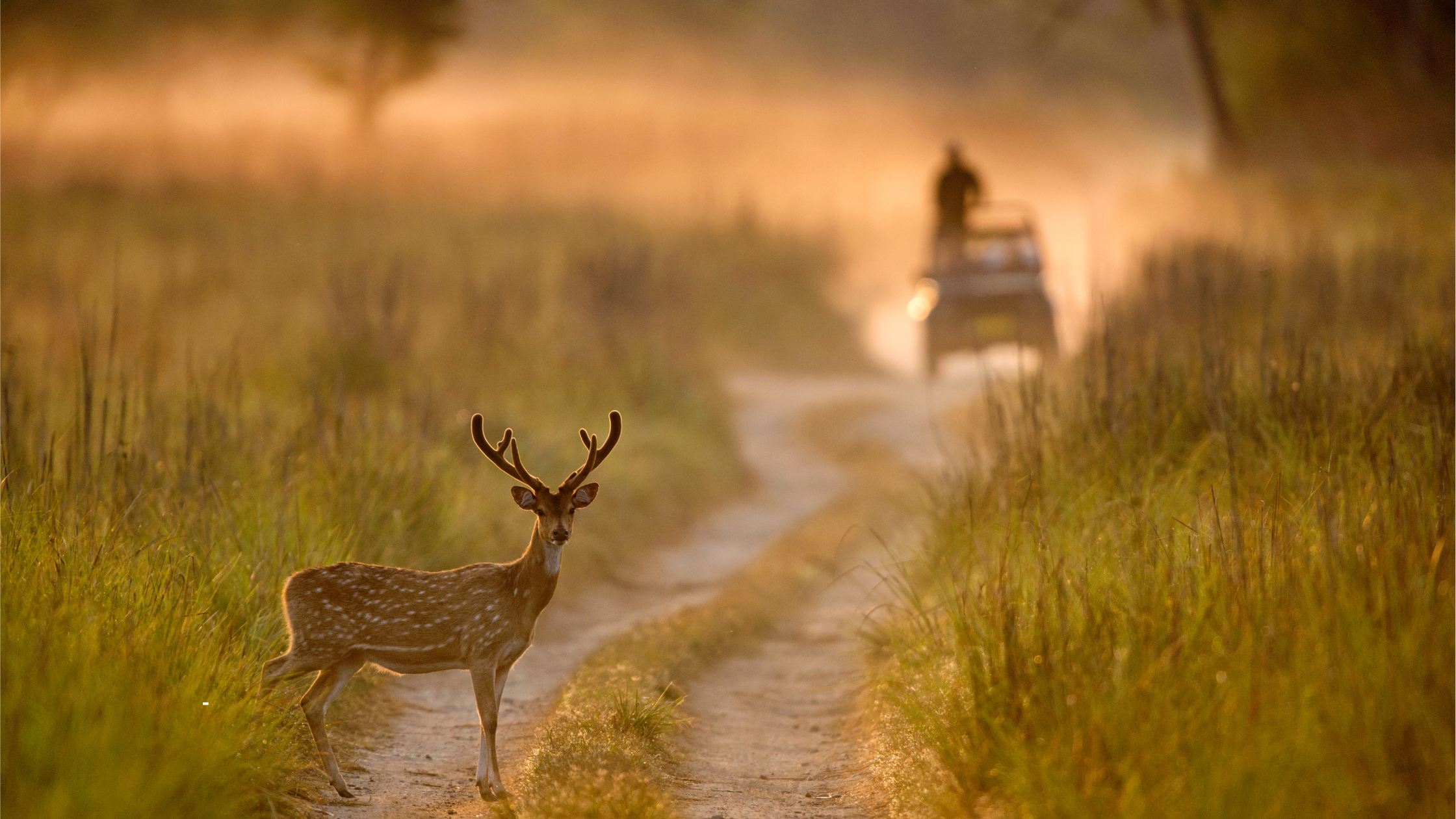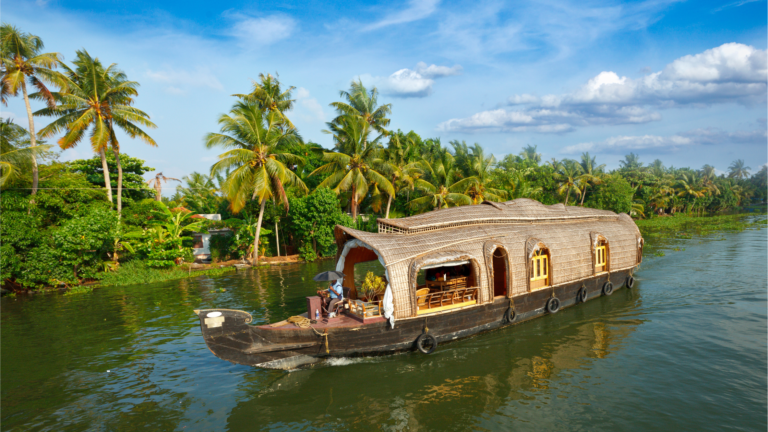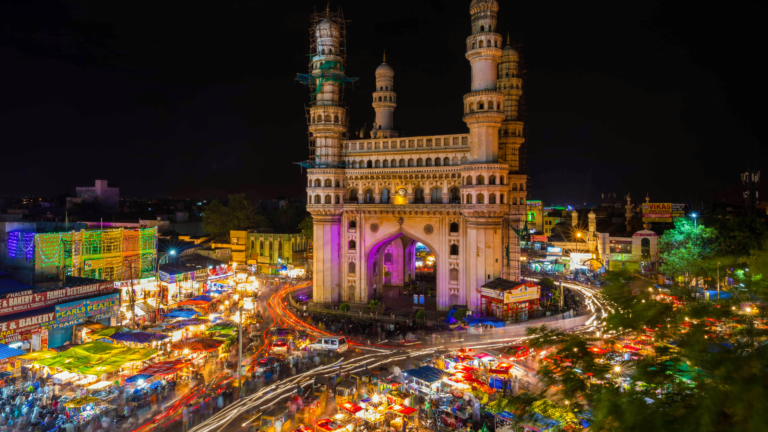India is a paradise for nature lovers and wildlife enthusiasts, boasting a rich tapestry of national parks and sanctuaries that protect some of the world’s most iconic species. From majestic tigers and elephants to rare birds and exotic plants, India’s national parks offer a vibrant canvas for wildlife photography, bird watching, and thrilling animal encounters. Whether you’re a professional photographer or a casual visitor, these parks provide unique landscapes and biodiversity. Here’s your guide to India’s best national parks for wildlife experiences, birding, and photography.
1. Jim Corbett National Park, Uttarakhand
- Highlights: Tigers, Elephants, Diverse Bird Species
- Why Visit: Established in 1936, Jim Corbett is India’s oldest national park and is renowned for its tiger population. It offers a unique blend of dense forests, rivers, and grasslands, making it perfect for photography and animal spotting. Early morning safaris offer breathtaking views of the park’s flora and fauna.
- Photography Tip: Visit during the golden hours to capture the misty mornings and elusive wildlife against the rising sun.
2. Ranthambore National Park, Rajasthan
- Highlights: Bengal Tigers, Leopards, Historic Forts
- Why Visit: Ranthambore is one of the best places in India to see Bengal tigers in their natural habitat. The park’s terrain of rocky ridges, ancient ruins, and dense forests makes it an ideal spot for tiger photography. The Ranthambore Fort within the park adds a historical charm.
- Photography Tip: Keep your camera ready for tiger sightings around water bodies, especially during the hot summer months when animals frequent them to cool off.
3. Kaziranga National Park, Assam
- Highlights: One-horned rhinoceros, Swamp Deer, Migratory Birds
- Why Visit: A UNESCO World Heritage site, Kaziranga is famous for its large population of one-horned rhinoceroses. The vast grasslands and marshes make this park unique, and it also attracts bird watchers with its diverse bird species.
- Photography Tip: Bring a zoom lens to capture the rhinos and birds from a distance without disturbing them.
4. Kanha National Park, Madhya Pradesh
- Highlights: Tigers, Barasingha (Swamp Deer), Diverse Flora
- Why Visit: The inspiration for Rudyard Kipling’s The Jungle Book, Kanha is one of India’s most beautiful and well-maintained national parks. It’s known for its population of tigers and the rare barasingha deer, as well as lush sal forests and bamboo groves.
- Photography Tip: Use the dense foliage and tall grass as natural frames for your wildlife shots. Early morning or late afternoon provides soft light for striking images.
5. Keoladeo National Park, Rajasthan
- Highlights: Bird Watching, Migratory Birds, Waterfowl
- Why Visit: Formerly known as Bharatpur Bird Sanctuary, Keoladeo is one of the world’s best bird-watching destinations. Home to over 370 bird species, it’s particularly popular during winter when migratory birds like Siberian cranes flock here.
- Photography Tip: Early mornings offer the best chance to photograph the birds as they are most active at dawn. A telephoto lens is essential to capture these feathered wonders without disturbing them.
6. Bandhavgarh National Park, Madhya Pradesh
- Highlights: High Tiger Density, Leopards, Ancient Forts
- Why Visit: Known for its high density of Bengal tigers, Bandhavgarh provides plenty of opportunities to catch a glimpse of these majestic cats. The park’s rugged hills and dense forests create a perfect setting for wildlife photographers.
- Photography Tip: Visit during the dry season when visibility is better, and animals are more likely to gather at water sources.
7. Sundarbans National Park, West Bengal
- Highlights: Bengal Tigers, Mangrove Forests, Estuarine Wildlife
- Why Visit: The Sundarbans, a UNESCO World Heritage site, is the world’s largest mangrove forest and home to the elusive Royal Bengal tiger. With its unique ecosystem of tidal waterways and thick mangroves, the park offers an adventurous experience for photographers and nature enthusiasts.
- Photography Tip: Be patient and vigilant – the thick mangroves make it challenging to spot tigers, but a boat safari can help you navigate quietly and capture rare moments.
8. Periyar Wildlife Sanctuary, Kerala
- Highlights: Elephants, Birds, Scenic Lake
- Why Visit: Periyar is a great place to see elephants, especially around Periyar Lake, where herds often come to drink and bathe. The lush green hills and serene waters make this sanctuary a haven for bird watchers and photographers alike.
- Photography Tip: Opt for a boat ride on Periyar Lake to photograph the animals from a unique perspective and capture reflections on the water.
9. Gir National Park, Gujarat
- Highlights: Asiatic Lions, Leopards, Exotic Birds
- Why Visit: The only place in the world where Asiatic lions are found in the wild, Gir National Park is a must-visit for wildlife lovers. The dry, deciduous forest landscape provides a stunning contrast to the lush green parks in other parts of India.
- Photography Tip: Sunset safaris are ideal for capturing the lions in action. The soft light creates dramatic shadows and brings out the golden hues of the forest.
10. Pench National Park, Madhya Pradesh
- Highlights: Tigers, Jungle Safari, Rich Flora
- Why Visit: Pench is known for its scenic beauty and wildlife, particularly tigers and leopards. It’s another location that inspired The Jungle Book. The open meadows and riverbanks make it a fantastic place for landscape and wildlife photography.
- Photography Tip: Use a wide-angle lens to capture the park’s diverse landscape, and a zoom lens for close-ups of animals.
Tips for Visiting India’s National Parks
- Plan Safaris: Book your safaris in advance, especially for parks like Ranthambore and Bandhavgarh, which can be booked out during peak seasons.
- Carry Essential Gear: For photographers, a good zoom lens, extra batteries, and a tripod can make a big difference.
- Be Patient: Wildlife sightings are not guaranteed. Patience is key, as is respect for the animal’s natural habitat.
- Dress Appropriately: Wear earthy colors like green, brown, and grey to blend into the surroundings and avoid disturbing the animals.
- Respect Park Rules: Stick to the designated areas and avoid making loud noises, as disturbing wildlife is both dangerous and unethical.
India’s national parks offer incredible opportunities for wildlife encounters, bird watching, and photography. From the lush landscapes of Kaziranga to the dense forests of Jim Corbett, these parks provide diverse ecosystems that are sure to thrill nature lovers. Whether you’re after a perfect shot of a Bengal tiger or want to marvel at the colorful migratory birds, India’s national parks promise unforgettable experiences for everyone. Start planning your trip, pack your camera, and get ready to capture the beauty of India’s wilderness!






